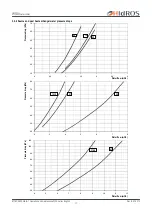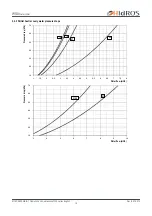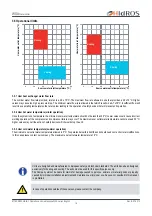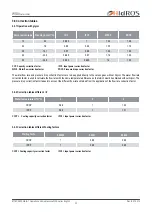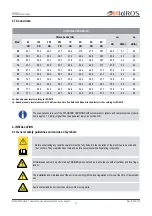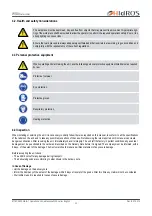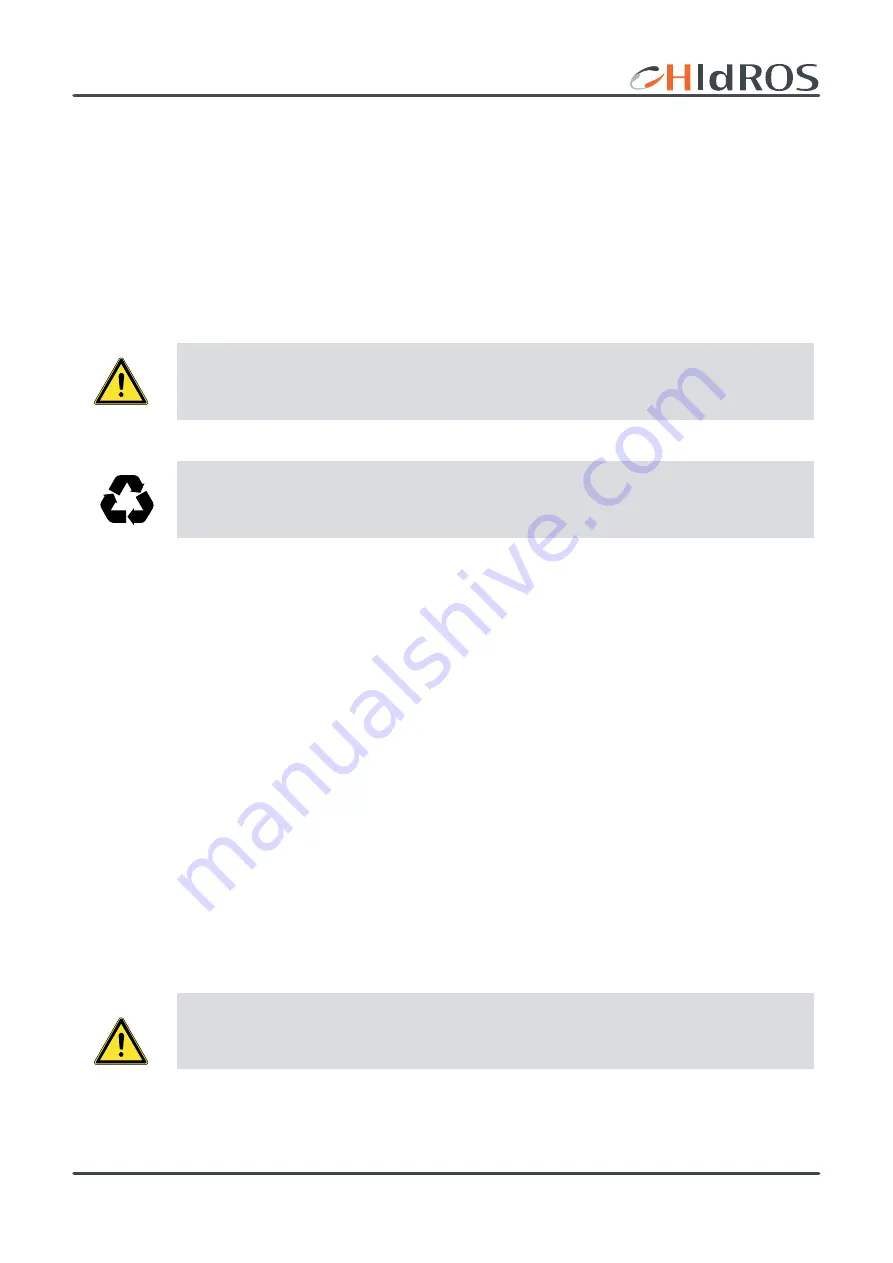
Rev. B 07-2013
10
MTEC.3800.GB-B-1 Operation and maintenance WSA series English
WSA
Water chiller
For further information regarding the characteristics of the refrigerant and oil used, refer to the safety data sheets
available from the refrigerant and oil manufacturers.
2.1 Warning re potentially hazardous toxic substances
2.1.1 Identification of the Type of Refrigerant Fluid Used: R410A
2.1.2 Identification of the Type of Oil Used.
2. SAFETY
• Difluoromethane (HFC-32) 50% by weight CAS No.: 000075-10-5
• Pentafluoroethane (HFC-125) 50% by weight CAS No.: 000354-33-6
The lubricant used is polyester oil. Please refer to the information provided on the compressor data plate.
ENVIRONMENTAL PROTECTION :
Read the ecological information and the following instructions carefully.
2.1.3 Persistence and degradation
2.1.4 Effects of discharges
2.1.5 Exposure controls and personal protection
2.1.6 Professional exposure limits
2.2 Refrigerant handling
The refrigerants used decompose in the lower atmosphere (troposphere) relatively quickly. The decomposed products are highly dispersible
and therefore have a very low concentration. They do not influence the photochemical smog which is not among the VOC volatile organic
compounds (as stipulated in the guidelines to the UNECE). The constituent refrigerants of R407C (R32, R125 and R134a), do not damage
the ozone layer. These substances are regulated under the Montreal Protocol (revised 1992) and regulations EC no. 2037/200 of 29 June
2000.
Discharges into the atmosphere of this product does not cause a long-term contamination.
Wear protective clothing and gloves, protect your eyes and face
R410A
HFC-32 TWA 1000 ppm
HFC-125 TWA 1000 ppm
Main Ecological Information Regarding the Types of refrigerants Fluids used.
Users and maintenance personnel must be adequately informed about the possible risks of handling potentially
toxic substances. Failure to follow such instructions can cause damage to personnel or to the unit.

















